When a hen has an egg stuck inside her oviduct, she is referred to as being egg bound. Egg binding is a life-threatening condition that must be addressed quickly, preferably by a experienced poultry veterinarian. If the egg is not passed within 24-48 hours, the hen is likely to perish. Absent access to a vet, backyard chicken-keepers may have to take matters into their own hands in order to save the hen’s life.
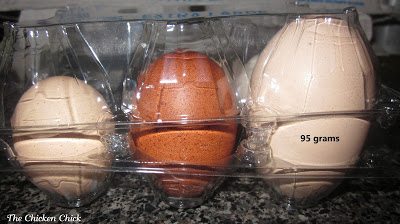
CAUSES OF EGG BINDING
- Calcium or other nutritional deficiency
- Obesity
- Excessively large or misshapen egg
- Oviduct infection
- Premature layer (hen began laying eggs before her body was fully mature)
- Egg retention due to lack of sufficient nesting areas
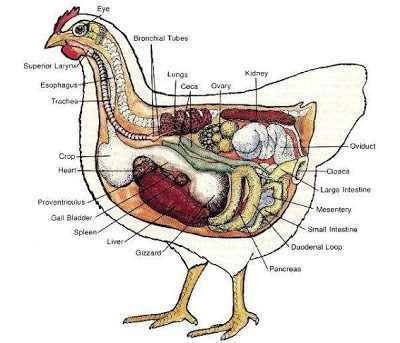
A hen’s uterus (aka: shell gland) is the muscle responsible for squeezing the egg out of the vent. Since muscles require calcium to contract properly, if a hen has a calcium deficiency, the egg can get stuck in the uterus.
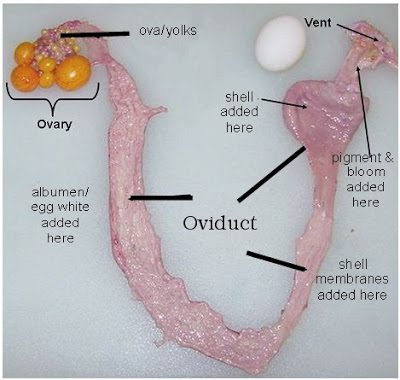
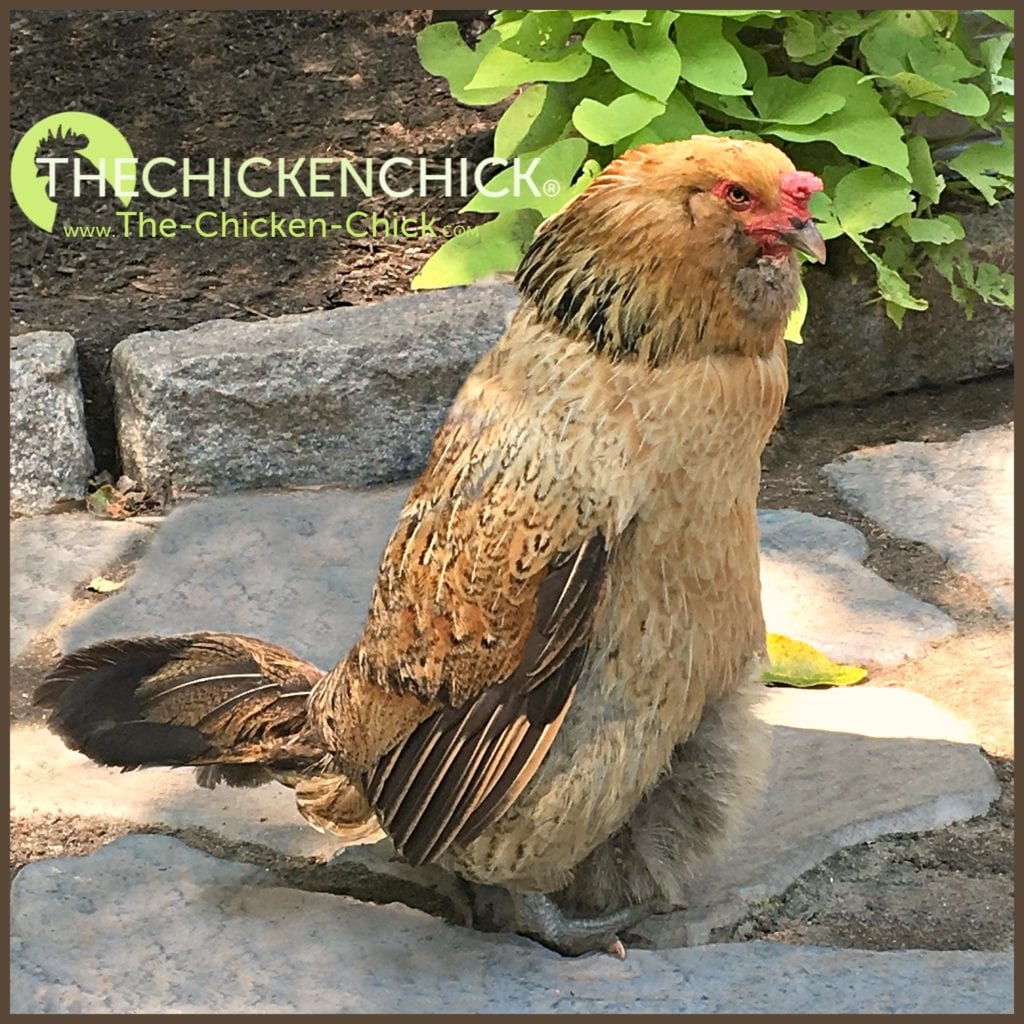
POSSIBLE SYMPTOMS OF EGG BINDING
- Loss of appetite
- Disinterest in drinking
- Decreased activity
- Shaky wings
- Walking like a penguin
- Abdominal straining
- Frequent, uncharacteristic sitting
- Passing wet droppings or none at all (egg interferes with normal defecation)
- Droopy/depressed/pale comb and wattles
- Presence of an egg in the oviduct upon exam
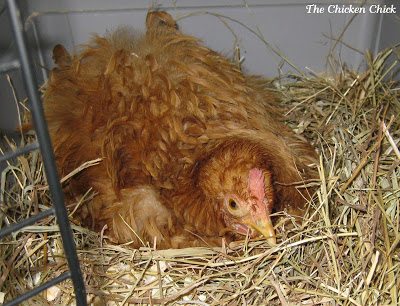
DANGERS OF EGG BINDING
- Infection
- Prolapsed uterus
- Damage to oviduct
- Bleeding
-
Death
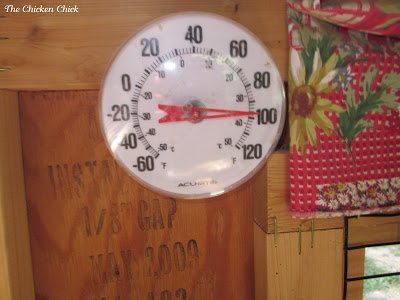
PREVENTION
- Avoid supplemental lighting with young pullets to avoid premature egg-laying
-
Feed layer ration, which is carefully formulated to provide complete nutrition to laying hens
- Make available oyster shell free-choice; eggshells alone are not a sufficent source of supplemental calcium
- Avoid excess treats that can cause obesity and interfere with balanced nutrition in layer ration particularly in hot weather when hens eat less feed.
TREATMENT FOR EGG BINDING
- A vet would hydrate the hen and administer calcium intravenously
- At home, a warm bath can’t hurt, but probably won’t help
- Apply KY jelly
To assess whether a hen is egg-bound at home, gently feel on either side of her vent with one hand (think: squeezing the cheeks of a cute kid). Offer vitamins and electrolytes in the drinking water. Even if she’s not interested in drinking, carefully try to get some water into her with a dropper or syringe. If she is too weak to drink, don’t force it.
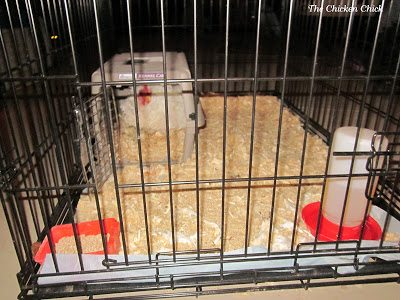
Applying KY jelly to the vent can also help lubricate the cloaca to allow for ease of passage when the egg gets to that point (do not use olive oil, which can become rancid).
**DO NOT massage the vent, abdomen or oviduct!** A broken eggshell can mean curtains for the hen.
At this point, put her in a crate in a darkened, quiet room. If a truly egg-bound hen does not pass the egg within an hour of these measures, the egg may need to be manually removed, which is risky. Proceed at your own risk only as a last ditch, Hail Mary pass.
“If she still hasn’t expelled the egg, and you don’t think she’s going to on her own, then you can move to manual manipulation. This only applies if she is still bright and not in shock. Palpate the abdomen to find the location of the egg and gently manipulate it in an effort to move it along. GENTLE is the key word here. If manual manipulation fails and you can see the tip of the egg, another option is aspiration, implosion, and manual removal.
“First, get someone to help you hold the bird very securely while you work (preferably not upside dwn). Then, using a syringe and a large needle (18ga.), draw the contents of the egg into the syringe. After aspiration of the contents, gently collapse the egg all around. You want to do this gently in order to keep the inner membrane of the egg in tact, which will keep the eggshell fragments together.
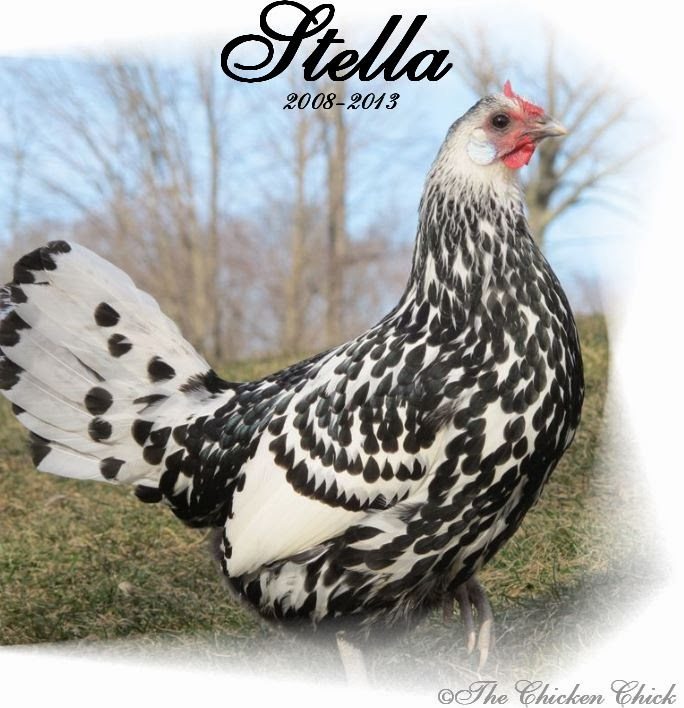
Last, gently remove the egg. (Copious amounts of lubrication would be good here.) Go slow and try to keep the shell together (although broken). If all fragments do not come out, they should pass, along with remaining egg content, within the next several days.”
Additional reading and resources:
http://www.avianweb.com/Prolapse.htm
http://www.avianweb.com/eggbinding.html
*Anatomical illustrations and photo reproduced for educational purposes, courtesy of Jacquie Jacob, Tony Pescatore and Austin Cantor, University of Kentucky College of Agriculture. Copyright 2011. Educational programs of Kentucky Cooperative Extension serve all people regardless of race, color, age, sex, religion, disability, or national origin. Issued in furtherance of Cooperative Extension work, Acts of May 8 and June 30, 1914, in cooperation with the U.S. Department of Agriculture, M. Scott Smith, Director, Land Grant Programs, University of Kentucky College of Agriculture, Lexington,and Kentucky State University, Frankfort. Copyright 2011 for materials developed by University of Kentucky Cooperative Extension. This publication may be reproduced in portions or its entirety for educational and nonprofit purposes only. Permitted users shall give credit to the author(s) and include this copyright notice. Publications are also available on the World Wide Web at www.ca.uky.edu. Issued 02-2011
Kathy Shea Mormino
Affectionately known internationally as The Chicken Chick®, Kathy Shea Mormino shares a fun-loving, informative style to raising backyard chickens. …Read on


shop my SPONSORS
When a hen has an egg stuck inside her oviduct, she is referred to as being egg bound. Egg binding is a life-threatening condition that must be addressed quickly, preferably by a experienced poultry veterinarian. If the egg is not passed within 24-48 hours, the hen is likely to perish. Absent access to a vet, backyard chicken-keepers may have to take matters into their own hands in order to save the hen’s life.

CAUSES OF EGG BINDING
- Calcium or other nutritional deficiency
- Obesity
- Excessively large or misshapen egg
- Oviduct infection
- Premature layer (hen began laying eggs before her body was fully mature)
- Egg retention due to lack of sufficient nesting areas

A hen’s uterus (aka: shell gland) is the muscle responsible for squeezing the egg out of the vent. Since muscles require calcium to contract properly, if a hen has a calcium deficiency, the egg can get stuck in the uterus.


POSSIBLE SYMPTOMS OF EGG BINDING
- Loss of appetite
- Disinterest in drinking
- Decreased activity
- Shaky wings
- Walking like a penguin
- Abdominal straining
- Frequent, uncharacteristic sitting
- Passing wet droppings or none at all (egg interferes with normal defecation)
- Droopy/depressed/pale comb and wattles
- Presence of an egg in the oviduct upon exam

DANGERS OF EGG BINDING
- Infection
- Prolapsed uterus
- Damage to oviduct
- Bleeding
-
Death

PREVENTION
- Avoid supplemental lighting with young pullets to avoid premature egg-laying
-
Feed layer ration, which is carefully formulated to provide complete nutrition to laying hens
- Make available oyster shell free-choice; eggshells alone are not a sufficent source of supplemental calcium
- Avoid excess treats that can cause obesity and interfere with balanced nutrition in layer ration particularly in hot weather when hens eat less feed.
TREATMENT FOR EGG BINDING
- A vet would hydrate the hen and administer calcium intravenously
- At home, a warm bath can’t hurt, but probably won’t help
- Apply KY jelly
To assess whether a hen is egg-bound at home, gently feel on either side of her vent with one hand (think: squeezing the cheeks of a cute kid). Offer vitamins and electrolytes in the drinking water. Even if she’s not interested in drinking, carefully try to get some water into her with a dropper or syringe. If she is too weak to drink, don’t force it.

Applying KY jelly to the vent can also help lubricate the cloaca to allow for ease of passage when the egg gets to that point (do not use olive oil, which can become rancid).
**DO NOT massage the vent, abdomen or oviduct!** A broken eggshell can mean curtains for the hen.
At this point, put her in a crate in a darkened, quiet room. If a truly egg-bound hen does not pass the egg within an hour of these measures, the egg may need to be manually removed, which is risky. Proceed at your own risk only as a last ditch, Hail Mary pass.
“If she still hasn’t expelled the egg, and you don’t think she’s going to on her own, then you can move to manual manipulation. This only applies if she is still bright and not in shock. Palpate the abdomen to find the location of the egg and gently manipulate it in an effort to move it along. GENTLE is the key word here. If manual manipulation fails and you can see the tip of the egg, another option is aspiration, implosion, and manual removal.
“First, get someone to help you hold the bird very securely while you work (preferably not upside dwn). Then, using a syringe and a large needle (18ga.), draw the contents of the egg into the syringe. After aspiration of the contents, gently collapse the egg all around. You want to do this gently in order to keep the inner membrane of the egg in tact, which will keep the eggshell fragments together.

Last, gently remove the egg. (Copious amounts of lubrication would be good here.) Go slow and try to keep the shell together (although broken). If all fragments do not come out, they should pass, along with remaining egg content, within the next several days.”
Additional reading and resources:
http://www.avianweb.com/Prolapse.htm
http://www.avianweb.com/eggbinding.html
*Anatomical illustrations and photo reproduced for educational purposes, courtesy of Jacquie Jacob, Tony Pescatore and Austin Cantor, University of Kentucky College of Agriculture. Copyright 2011. Educational programs of Kentucky Cooperative Extension serve all people regardless of race, color, age, sex, religion, disability, or national origin. Issued in furtherance of Cooperative Extension work, Acts of May 8 and June 30, 1914, in cooperation with the U.S. Department of Agriculture, M. Scott Smith, Director, Land Grant Programs, University of Kentucky College of Agriculture, Lexington,and Kentucky State University, Frankfort. Copyright 2011 for materials developed by University of Kentucky Cooperative Extension. This publication may be reproduced in portions or its entirety for educational and nonprofit purposes only. Permitted users shall give credit to the author(s) and include this copyright notice. Publications are also available on the World Wide Web at www.ca.uky.edu. Issued 02-2011




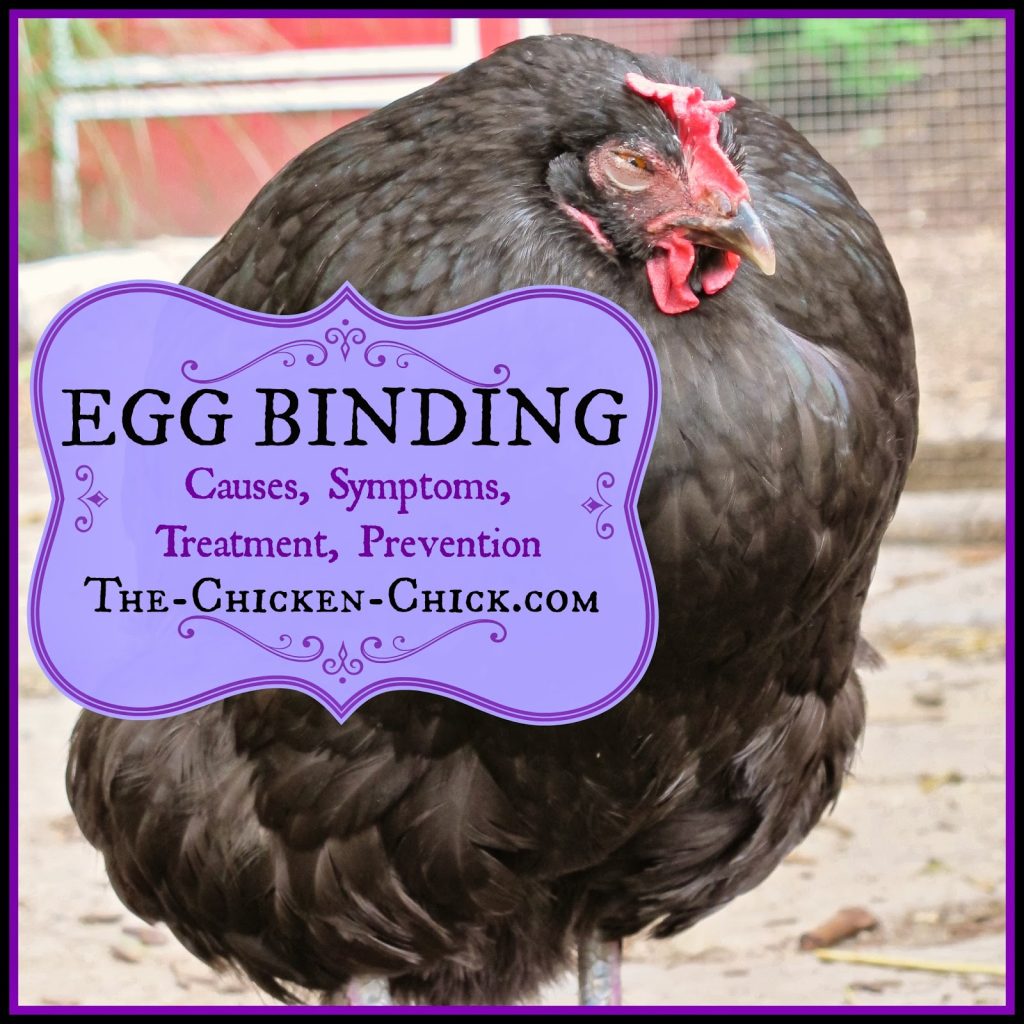



















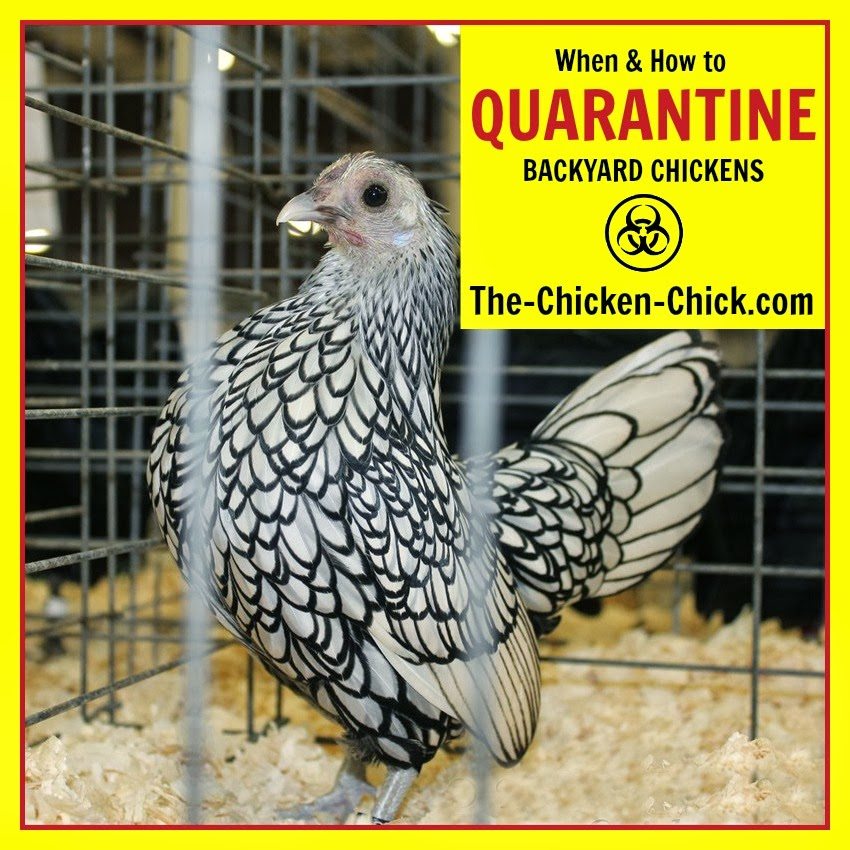















My young hen laid an overly large egg last week, we didnt know who it was yesterday she refused to come out with her friends. When she went in to roost my son noticed a messy vent area, large mass. Soaked her but no experience here. She was isolated in dark room with bedding and water. We found yolk broke on ground with some blood. Vent area looks to be prolapsed from what I am researching. Not sure what to do for her as it’s a mess. Will she continue to lay these large eggs if she heals only to… Read more »
Make sure she stays isolated away from the flock. It sounds like it could be prolapse. Please read this: https://the-chicken-chick.com/prolapse-vent-causes-treatment-graphic/
If the vent does not remain in place, she will have to be put down.
I recently had to euthanize one of my chickens her abdomen swelled after possibly being egg bound she stopped laying eggs. probably six weeks before she showed symptoms of being critically ill When she stopped laying an egg I gave her an Epsom salt bath but nothing changed then weeks later she developed lethargic behavior that led to putting her down. now I have another chicken that stopped laying eggs soon after, I started seeing bloody layings in the nest box. So the vet gave me some antibiotics to hopefully help prevent an infection which I did the five day… Read more »
Please contact your vet- they have the entire flock history and have treated these birds previously. It’s not helpful to get advice based on an incomplete picture. I will say this: look hard a the flock’s diet and if you are feeding them ANYTHING except for a nutritionally complete, commercial crumble or pelleted chicken feed, stop. Even healthy foods can cause problems like this in laying hens when their diet is unbalanced.
One of my hens has been heavily breathing through the mouth and when she tries to move she collapses. She’s accepting water or food. Her comb is a bit droopy.When I picked her up to mover her, her abdomen felt big and weird. I’m so confused and my heart is breaking. It pains me to see her like this.
If you can’t get her to a vet, you need to put her down. She is dying.
I have a chicken with some of these symptoms. She has a very water-balloon like abdomen, spends most of her time sitting down, and hasn’t laid an egg for a few days. She still shows interest in eating and has eaten some tuna with eggshells for calcium. Can I treat her in any way?
If you can’t get her to a vet for an exam, she should be put down. She is dying.
I noticed my girl acting strangely about a week ago. I felt her abdomen and it was very hard. So I gave her some water with calcium in and a soak and put her in a sheltered box. Have done that a few days in a row now. She is pooping. But her abdomen is still rock hard no eggs yet. I’m at a loss.
She’s dying. You need to put her down if you can’t get her to a vet. She is suffering.